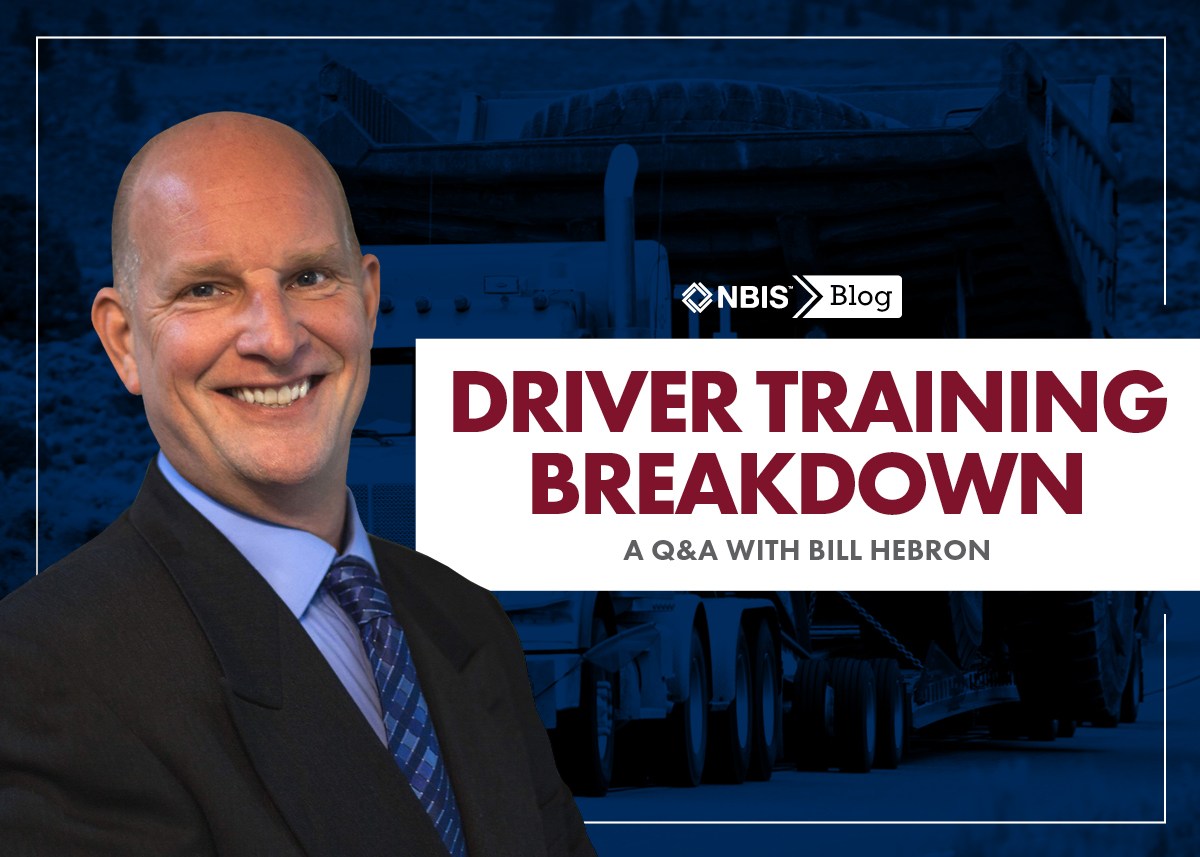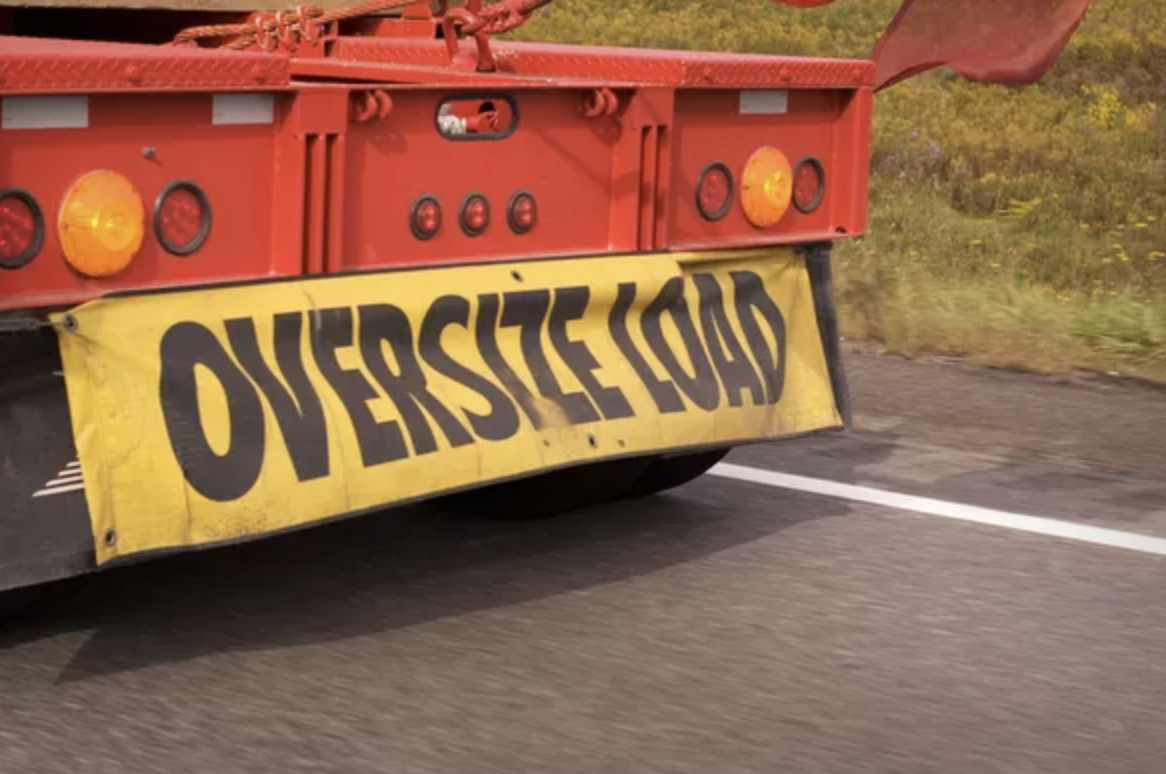The consequences of distracted driving can be deadly.
Most experts agree that texting is the most alarming distraction drivers face. It’s been estimated and widely reported that sending or reading a text message while driving causes a driver to take his or her eyes off the road for approximately five seconds. At 55 miles per hour, that’s the equivalent of driving the length of an entire football field with your eyes closed.
Since 2010, the Federal Motor Carrier Safety Administration (FMCSA) has prohibited texting by commercial motor vehicle (CMV) drivers while operating in interstate commerce and imposes sanctions, including civil penalties and disqualification from operating CMVs in interstate commerce, for drivers who fail to comply with this rule. Drivers should also be aware that:
- Talking on a hand-held cellphone while driving is banned in 15 states and the District of Columbia.
- The use of all cellphones by novice drivers is restricted in 38 states and the District of Columbia.
- Text messaging is banned for all drivers in 47 states and the District of Columbia. In addition, novice drivers are banned from texting in one state (Missouri).
Remember that many localities have enacted their own bans on cellphones or text messaging. In some (but not all) states, local jurisdictions need specific statutory authority to do so. Additionally, most school bus drivers are banned from texting and using hand-held cellphones by state code, regulation or school district policy. So be sure to look at the laws of state you live in and be aware of what they are.
Limiting Distractions
Publicly available research from IIHS shows that there is growing evidence that talking on a cellphone increases crash risk, though the connection hasn’t been firmly established. Researchers have consistently linked texting or otherwise manipulating a cellphone to increased risk. However, it’s not clear that banning hand-held phone use and texting reduces crashes.
This is the case even though The Insurance Institute for Highway Safety Highway (IIHS) research has documented that bans on hand-held phone use reduce overall phone use. Crashes have increased in recent years, but overall cellphone use has not. It’s worth noting that drivers are distracted by things other than cellphones, so prohibiting phone use will not eliminate distracted driving. Broader countermeasures that keep drivers from becoming distracted, or that mitigate the consequences of distracted driving, such as crash avoidance technology, may be more effective than outright cellphone bans.
Crash avoidance technologies can eliminate or mitigate the effects of distraction. They can provide safety-relevant warnings to redirect wandering attention, reduce attentional demand or increase safety margins to reduce the consequences of cognitive distraction. In some cases, they can even prevent or mitigate crashes by taking action when driver fails to act appropriately to prevent a crash (e.g., automatic braking, electronic stability control).
What can you do?
For starters, don’t put pressure on your drivers to be available every second of the day. After surveying over 1,000 employees who drive in the U.S., Travelers Insurance Company gained valuable insight into common driving habits and the work-related distractions that affect those habits. They found that of those employees who drive to or for work, 43% will answer or make work-related communications while driving, including texting, emailing and calling. The reasons those drivers gave for doing so were: (1.) they felt they needed to always be available (38%); (2.) they feared missing out on something important at work (37%); and (3.) they did not want to upset the boss (17%).
For help developing a plan that will work for your company, or to discuss other risk management techniques, contact the Experts at NBIS today 1.877.860.RMSS or go online to learn more – www.nbis.com #NBIS #DistractedDriving







